Dermatologic care for lesbian, gay, bisexual, and transgender persons
March 2019
in “Journal of The American Academy of Dermatology”
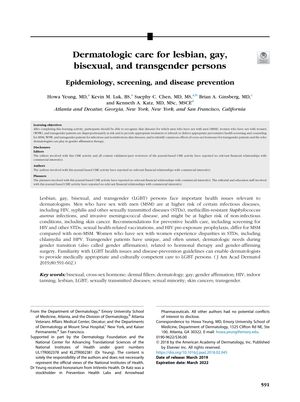
TLDR LGBT individuals have unique skin health needs, including higher STD risks and side effects from gender-affirming treatments, requiring dermatologists to offer knowledgeable and culturally competent care.
The document from 2019 addresses the specific dermatologic health concerns and disparities among LGBT individuals, with a focus on MSM, WSW, and transgender patients. It outlines the increased risk of infectious diseases like HIV, syphilis, and other STDs in MSM, as well as non-infectious conditions such as skin cancer, and stresses the need for tailored screening and preventive care. WSW are noted to have disparities in STDs, and the importance of safer sex practices is emphasized. For transgender patients, the document discusses the dermatologic implications of hormonal therapy and gender-affirming surgery, including the management of side effects like acne and alopecia. A case series mentioned in the document showed that 10 transgender men with grade IV alopecia treated with finasteride 1 mg daily experienced a 1-grade improvement in an average of 5.5 months. The document also addresses the side effects of practices like chest binding in transgender men and the challenges of facial hair removal in transgender women. It concludes with a call for dermatologists to be knowledgeable about LGBT health issues and to provide culturally competent care.
View this study on jaad.org →
Cited in this study
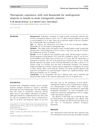
research Therapeutic experience with oral finasteride for androgenetic alopecia in female-to-male transgender patients
Finasteride effectively treats hair loss in transgender men with few side effects.

research What Surgeons Need to Know About Gender Confirmation Surgery When Providing Care for Transgender Individuals
Surgeons must understand the full care process for gender confirmation surgery to help transgender individuals effectively.
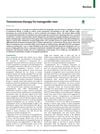
research Testosterone therapy for transgender men
Testosterone therapy in transgender men has both desired effects like increased muscle mass and potential health risks such as higher cardiovascular risk.
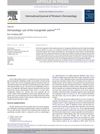
research Dermatologic care of the transgender patient
Hormone therapy and surgeries for transgender individuals affect their skin and hair, requiring specific dermatologic treatments and respectful care.
research Laser hair removal for genital gender affirming surgery
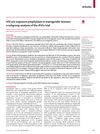
research HIV pre-exposure prophylaxis in transgender women: a subgroup analysis of the iPrEx trial
PrEP for HIV is less effective in transgender women mainly due to low adherence to the treatment.
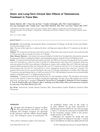
research Short‐ and Long‐Term Clinical Skin Effects of Testosterone Treatment in Trans Men
Testosterone treatment in trans men increases body and facial hair and may lead to hair loss over time, but severe skin issues are rare.
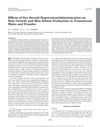
research Effects of Sex Steroid Deprivation/Administration on Hair Growth and Skin Sebum Production in Transsexual Males and Females
Hormone treatments in transsexual individuals reduce hair growth and oil production in male-to-females and increase them in female-to-males.